Home>Storage & Organization>Kitchen Organizing Tools>How To Stop Cat From Playing In The Litter Box
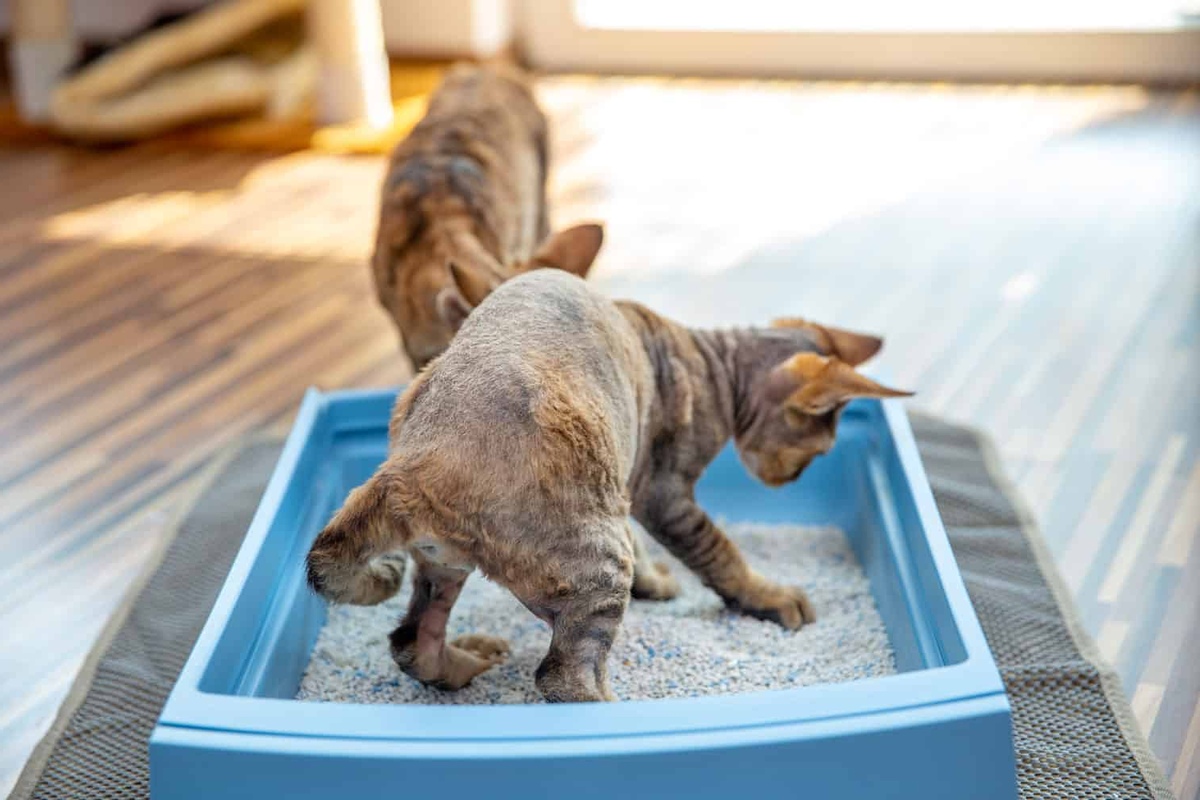

Kitchen Organizing Tools
How To Stop Cat From Playing In The Litter Box
Modified: February 25, 2024
Discover effective kitchen organizing tools to prevent your cat from playing in the litter box. Keep your kitchen tidy and your cat happy with these essential products.
(Many of the links in this article redirect to a specific reviewed product. Your purchase of these products through affiliate links helps to generate commission for Storables.com, at no extra cost. Learn more)
Introduction
Cats are known for their playful and curious nature, often finding amusement in the most unexpected places. One common scenario that many cat owners encounter is their feline friend turning the litter box into a playground. While it may seem harmless at first, this behavior can lead to a messy and unhygienic situation. Understanding why cats engage in this behavior and learning effective strategies to prevent it is crucial for maintaining a clean and stress-free environment for both you and your pet.
Playing in the litter box can result in scattered litter, soiled paws, and even the ingestion of potentially harmful substances. Additionally, it can lead to an increase in litter box maintenance and the need for more frequent cleanings. By addressing this issue, you can create a more pleasant and sanitary space for your cat to use the litter box as intended.
In this article, we will delve into the reasons behind this behavior and provide practical tips for preventing your cat from turning the litter box into a play area. By implementing these strategies, you can encourage your cat to engage in appropriate play behaviors while maintaining a clean and hygienic environment in your home.
Key Takeaways:
- Keep your cat out of the litter box by creating a fun play area with toys and distractions. Choose a spacious litter box and maintain cleanliness to encourage proper use.
- Understand your cat’s need for play and exploration by providing interactive toys, scratching posts, and engaging activities. Redirect their energy away from the litter box for a happy, healthy feline friend.
Understanding the Behavior
Cats are naturally inquisitive and playful creatures, and their behavior often stems from a combination of instinctual and environmental factors. When it comes to playing in the litter box, several reasons may contribute to this seemingly peculiar behavior.
Curiosity and Exploration
Cats are known for their curiosity, and the litter box, with its unique texture and scent, can pique their interest. The sensation of digging and sifting through the litter may provide a novel and stimulating experience for them. Additionally, the confined space of the litter box may appeal to their instinctual desire for exploration, prompting them to view it as a potential play area.
Stress and Anxiety
In some cases, a cat's tendency to play in the litter box may be linked to stress or anxiety. Changes in the household environment, such as the introduction of a new pet, a move to a new home, or alterations in the daily routine, can trigger feelings of unease in cats. As a result, they may seek solace or distraction in the litter box, using it as a refuge or a source of comfort.
Seeking Attention
Cats are adept at capturing their owner's attention, and playing in the litter box may be a way for them to seek interaction or express their need for stimulation. If a cat feels neglected or lacks engaging activities, they may resort to unconventional behaviors, such as playing in the litter box, to garner attention from their human companions.
Natural Instincts
Digging and burying waste are natural behaviors for cats, rooted in their instincts for hygiene and territory marking. When a cat engages in play within the litter box, they may be exhibiting an exaggerated form of these innate behaviors, driven by their primal instincts to explore, hunt, and maintain their living space.
By understanding the underlying reasons for a cat's inclination to play in the litter box, pet owners can approach the issue with empathy and insight. Addressing these factors can help in devising effective strategies to redirect the cat's behavior and create a more suitable environment for play and relaxation.
Tips for Preventing Play in the Litter Box
Establish a Designated Play Area
Creating a separate and enticing play area for your cat can divert their attention from the litter box. Equip this space with interactive toys, scratching posts, and cozy resting spots to encourage active play and relaxation. By providing an appealing alternative, you can steer your cat away from viewing the litter box as a source of entertainment.
Choose an Appropriate Litter Box
Select a litter box that is spacious and accommodating for your cat. A larger box can minimize the likelihood of it being perceived as a play area. Additionally, opting for a covered litter box can help contain the litter and deter your cat from engaging in playful behavior within the confines of the box.
Maintain Cleanliness
Regularly scoop and clean the litter box to ensure a hygienic environment. Cats are more likely to view a clean and well-maintained litter box as a designated area for elimination rather than play. By upholding cleanliness, you can reinforce the intended purpose of the litter box and discourage playful activities within it.
Use Distractions
Introduce engaging distractions to redirect your cat's attention away from the litter box. Interactive toys, puzzle feeders, and engaging play sessions can provide mental and physical stimulation, reducing the likelihood of them seeking amusement in the litter box. By offering alternative sources of entertainment, you can fulfill your cat's need for play and exploration outside of the litter box.
Implement Behavioral Training
Positive reinforcement techniques can be employed to discourage undesirable behavior. When your cat engages in appropriate play activities outside of the litter box, offer praise, treats, or interactive play sessions to reinforce this behavior. Consistency and patience are key when implementing training methods to modify your cat's behavior effectively.
Seek Veterinary Guidance
If your cat's playful behavior in the litter box persists despite your efforts, consulting a veterinarian can provide valuable insights. Underlying health issues or anxiety-related concerns may contribute to this behavior, and a professional evaluation can help address any potential medical or behavioral factors influencing your cat's actions.
By implementing these proactive strategies, you can effectively deter your cat from viewing the litter box as a play area, promoting a clean and stress-free environment for both you and your feline companion.
Read more: Why My Cat Plays In The Litter Box
Providing Alternative Play Options
Creating an enticing and stimulating environment for your cat is essential in redirecting their playful tendencies away from the litter box. By offering alternative play options, you can effectively capture your cat's interest and provide them with engaging activities outside of the litter box.
Interactive Toys and Enrichment Activities
Introducing a variety of interactive toys and enrichment activities can captivate your cat's attention and fulfill their natural instincts for play and exploration. Toys such as feather wands, laser pointers, and puzzle feeders can offer mental and physical stimulation, encouraging your cat to engage in active play. Additionally, rotating and diversifying the selection of toys can prevent boredom and maintain your cat's interest in playtime.
Scratching Posts and Climbing Structures
Cats have a natural inclination to scratch and climb, and providing designated scratching posts and climbing structures can cater to these innate behaviors. A sturdy scratching post allows your cat to engage in appropriate scratching, redirecting their focus from the litter box. Similarly, multi-level climbing structures or cat trees offer opportunities for climbing, perching, and exploring, providing a stimulating and enriching environment for your feline companion.
Interactive Play Sessions
Engaging in interactive play sessions with your cat can strengthen the bond between you and provide them with valuable physical and mental stimulation. Using interactive toys, such as feather teasers or crinkle balls, can encourage your cat to engage in active play, satisfying their need for exercise and mental engagement. These play sessions also offer an opportunity for you to actively participate in your cat's playtime, fostering a sense of companionship and fulfillment for both you and your pet.
Read more: Why Does Cat Stop Using The Litter Box
Environmental Enrichment
Enriching your cat's environment with stimulating elements, such as hiding spots, cozy resting areas, and window perches, can promote exploration and play. Creating a dynamic and enriching living space for your cat can alleviate boredom and reduce the likelihood of them seeking entertainment in the litter box. Additionally, incorporating elements of nature, such as indoor plants or a cat-friendly outdoor enclosure, can provide sensory stimulation and enrich your cat's daily experiences.
By incorporating these alternative play options into your cat's environment, you can effectively redirect their playful energy and curiosity, fostering a fulfilling and engaging lifestyle for your feline companion. Providing a diverse range of play options not only deters them from viewing the litter box as a source of amusement but also promotes their overall well-being and happiness.
Conclusion
In conclusion, understanding and addressing a cat's inclination to play in the litter box is essential for promoting a clean, hygienic environment and ensuring the well-being of your feline companion. By recognizing the underlying reasons for this behavior, such as curiosity, stress, and natural instincts, pet owners can approach the issue with empathy and insight. Implementing proactive strategies, such as establishing a designated play area, maintaining cleanliness, and providing alternative play options, can effectively deter cats from viewing the litter box as a source of entertainment.
Creating a separate and enticing play area equipped with interactive toys and engaging distractions can redirect a cat's attention away from the litter box, fulfilling their need for play and exploration. Additionally, choosing an appropriate litter box, maintaining cleanliness, and implementing behavioral training techniques can reinforce the intended purpose of the litter box and discourage playful activities within it. Seeking veterinary guidance is crucial if a cat's playful behavior persists despite these efforts, as underlying health issues or anxiety-related concerns may contribute to this behavior.
Furthermore, providing alternative play options, such as interactive toys, scratching posts, and environmental enrichment, can effectively capture a cat's interest and provide them with engaging activities outside of the litter box. By incorporating these alternative play options into a cat's environment, pet owners can redirect their playful energy and curiosity, fostering a fulfilling and engaging lifestyle for their feline companions.
Ultimately, by implementing these strategies and understanding the motivations behind a cat's behavior, pet owners can create a harmonious living space that promotes appropriate play behaviors and maintains a clean and stress-free environment. Through empathy, insight, and proactive measures, pet owners can ensure that their feline companions thrive in an environment that caters to their natural instincts and provides them with opportunities for play, exploration, and relaxation.
Frequently Asked Questions about How To Stop Cat From Playing In The Litter Box
Was this page helpful?
At Storables.com, we guarantee accurate and reliable information. Our content, validated by Expert Board Contributors, is crafted following stringent Editorial Policies. We're committed to providing you with well-researched, expert-backed insights for all your informational needs.
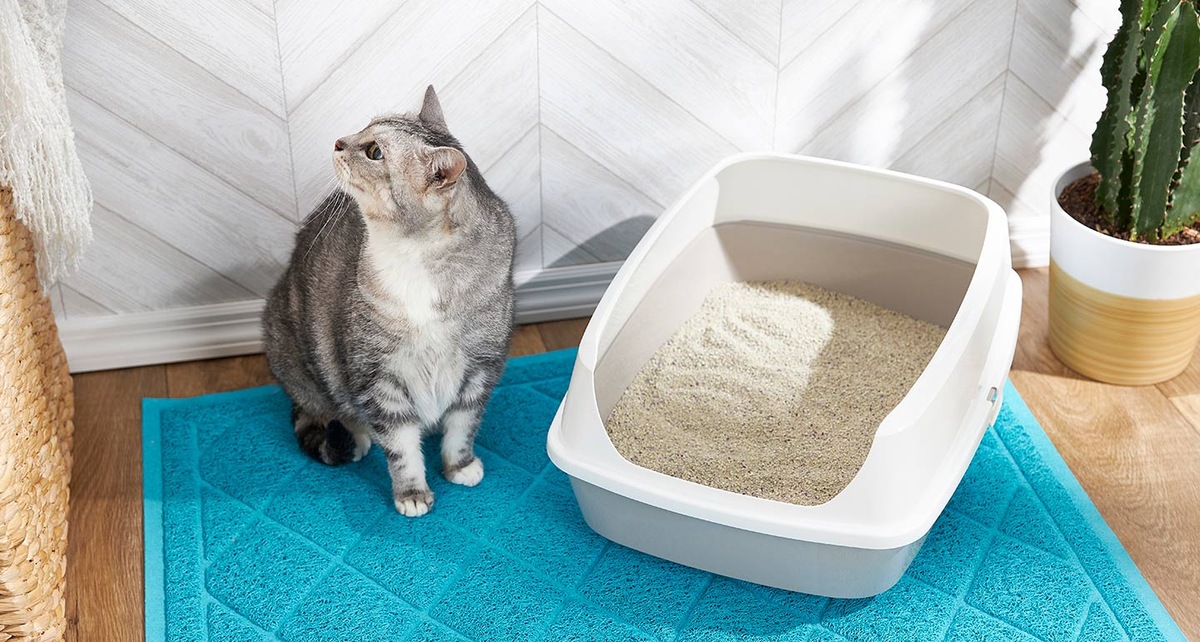

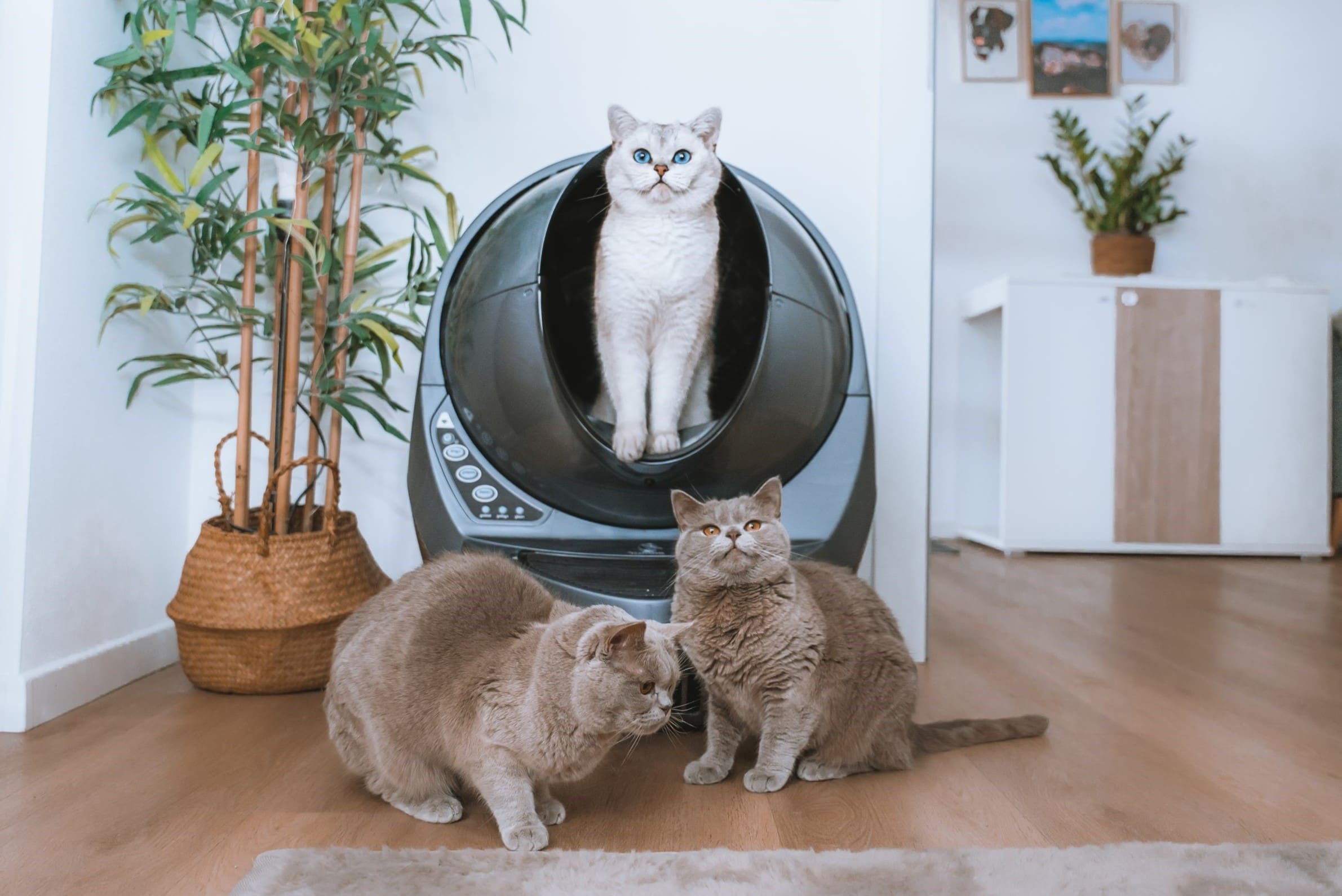
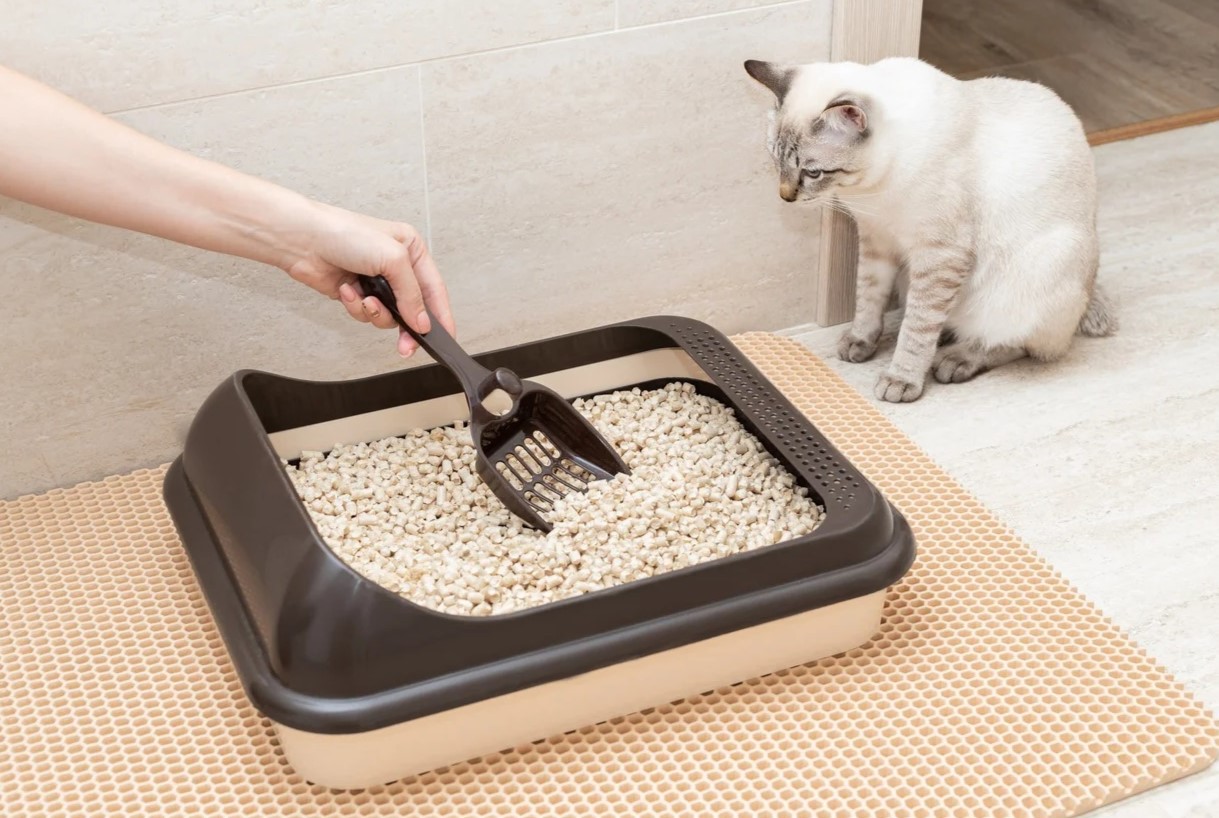
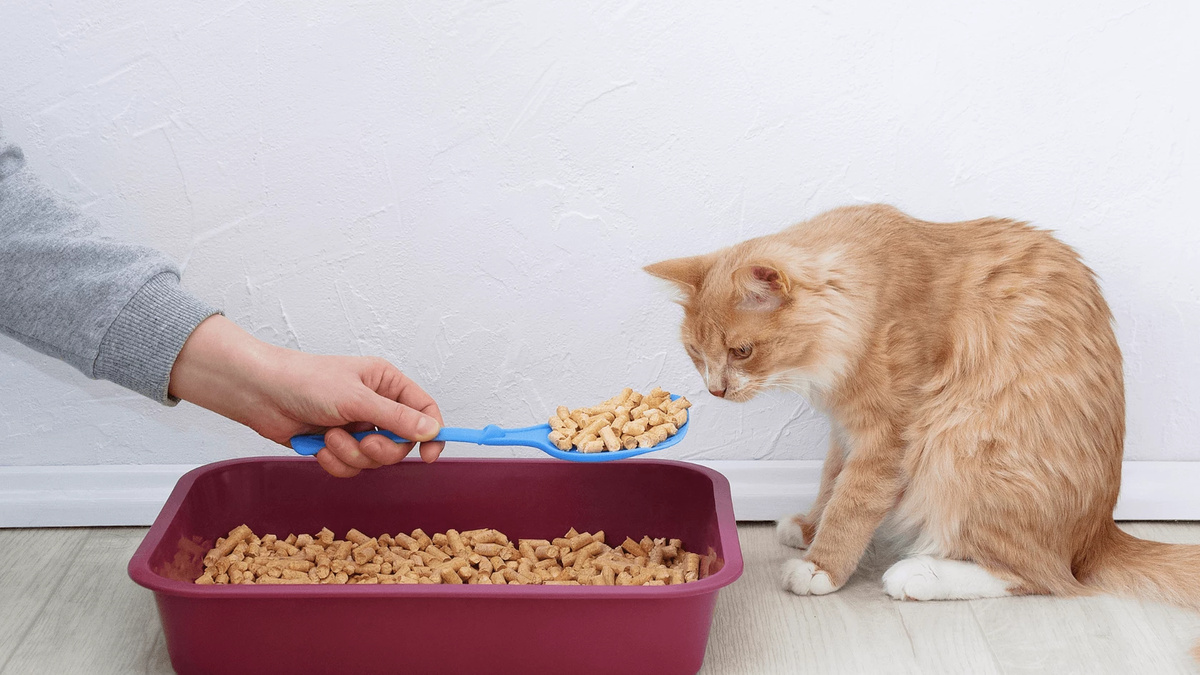
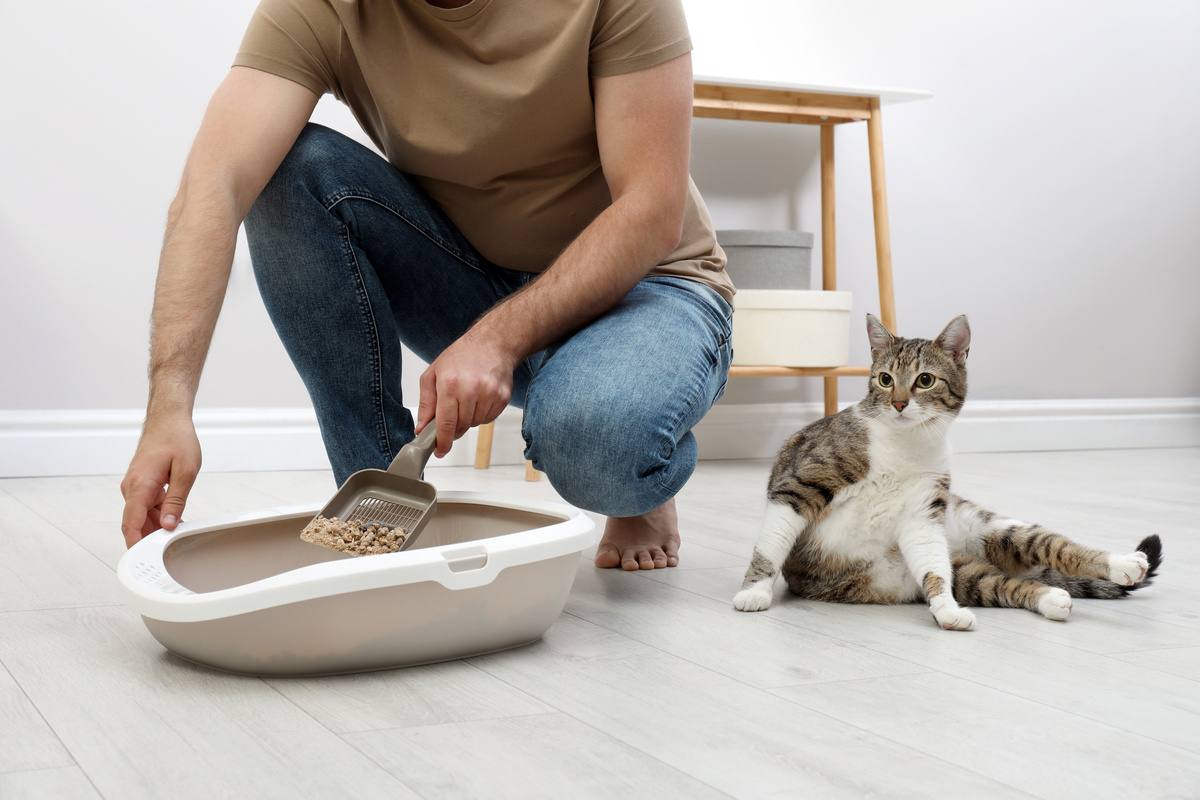
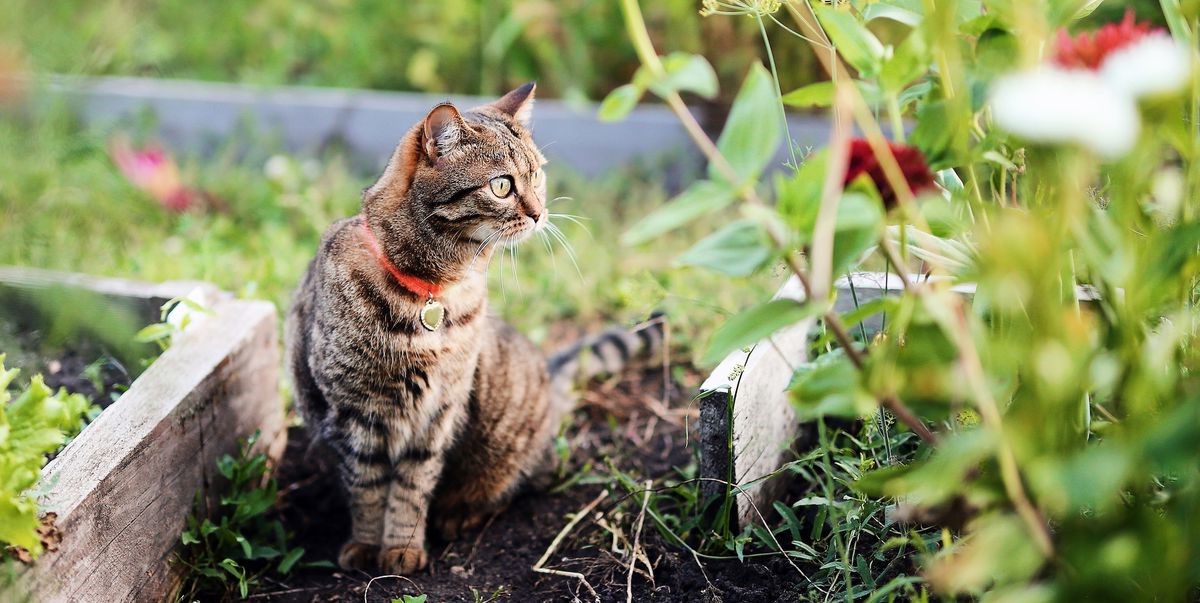

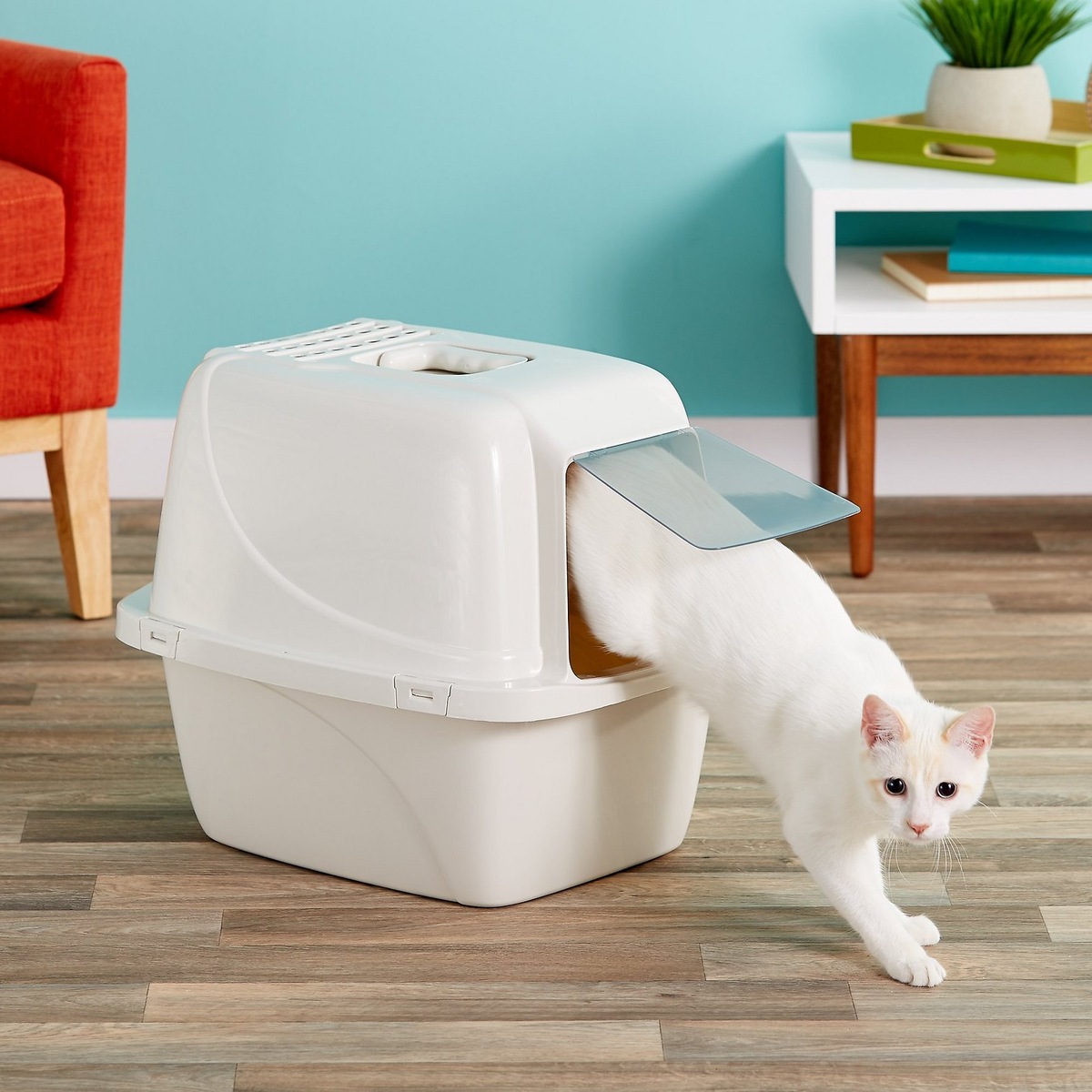
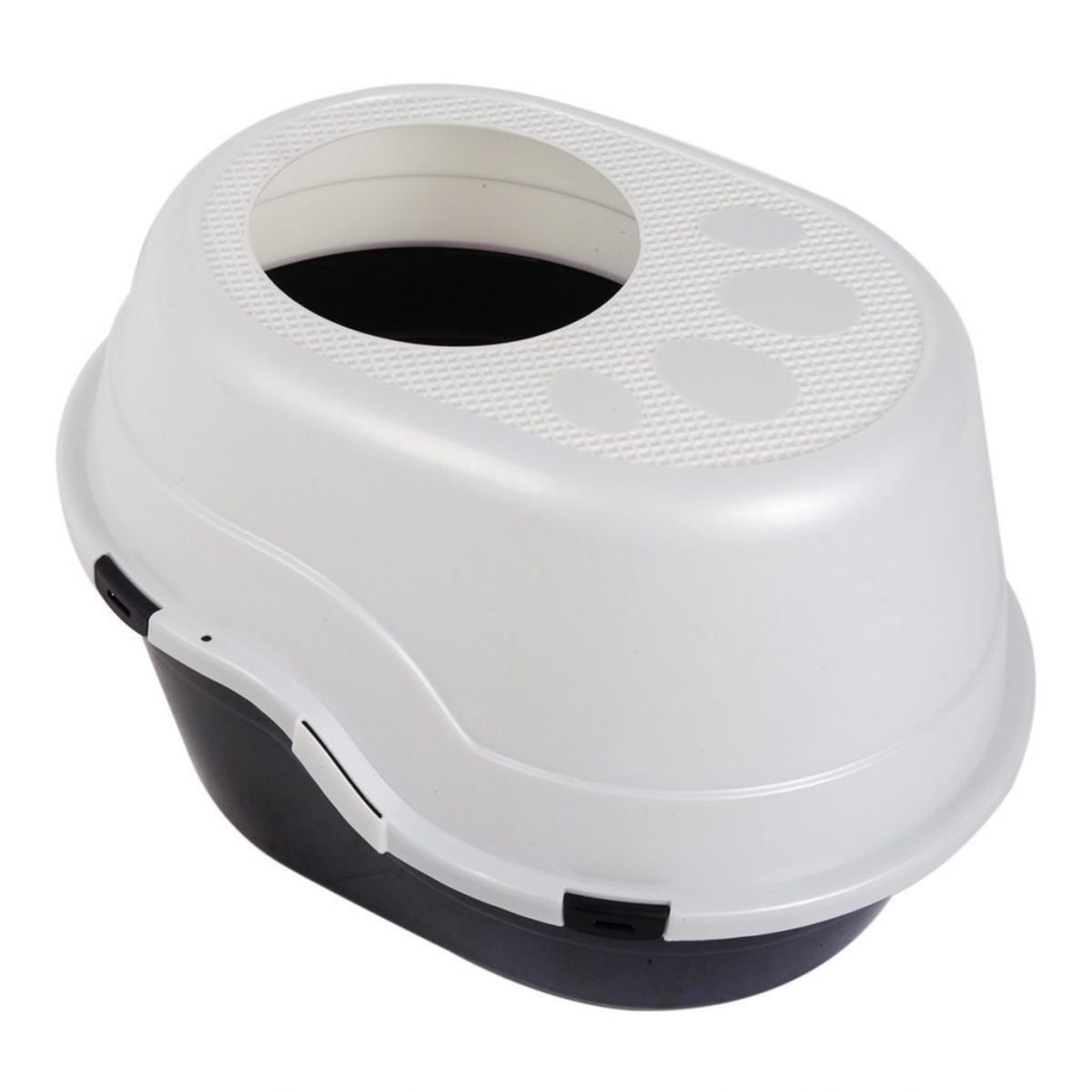
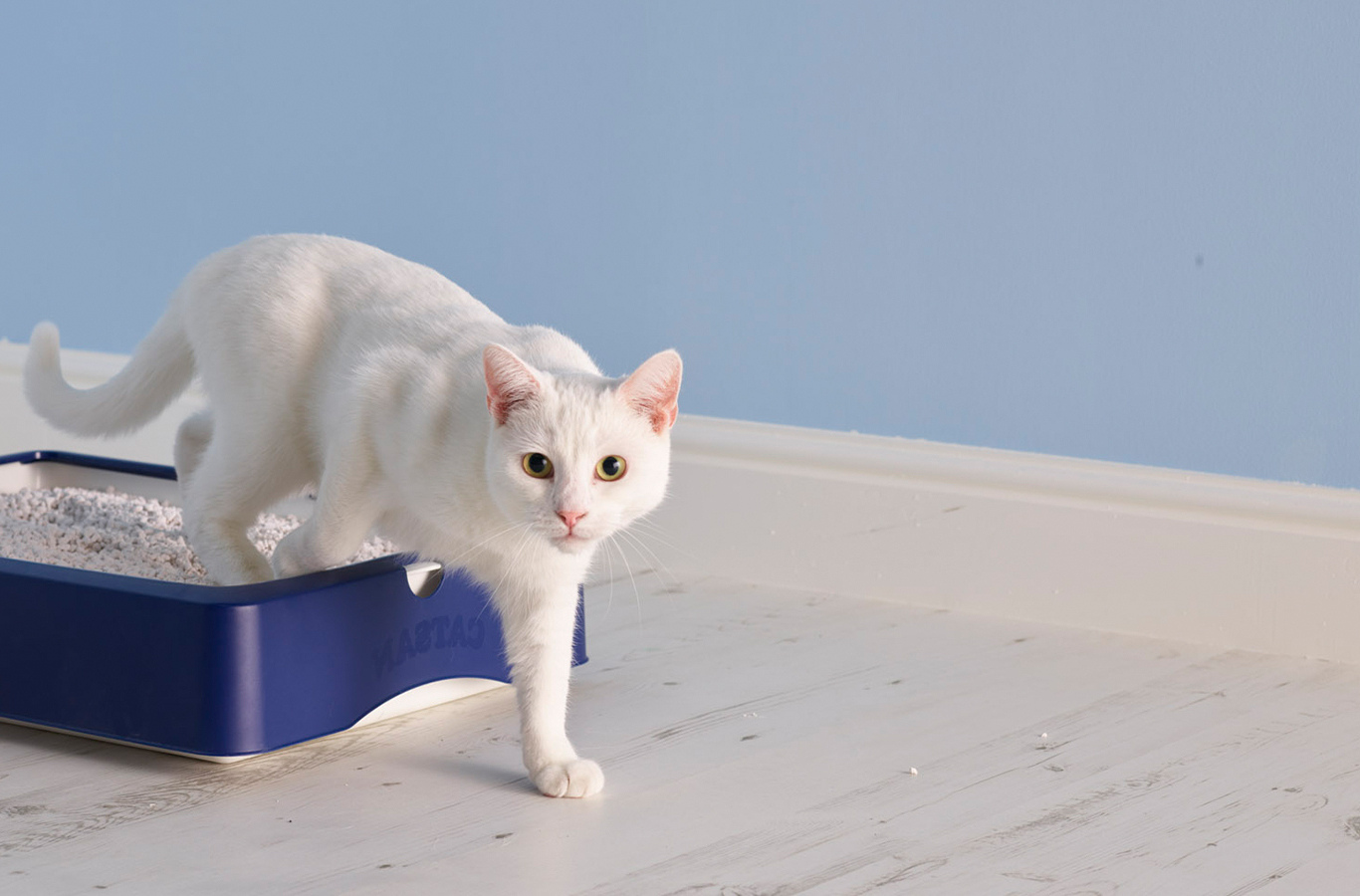

0 thoughts on “How To Stop Cat From Playing In The Litter Box”